Following feed back from my tutor I have reworked this assignment.
Sticking with the Pandemic Lockdown themes, and being limited to working indoors with limited access to other people; the original concept was to consider the impact of wearing a facemask on the viewer’s communication with the sitter within an image, shot in studio conditions. The first series, also included a change of backgrounds to see if this influenced the viewer’s reading of the mood of the sitter. My tutor didn’t feel that this worked and suggested focusing just on the sitter’s eyes and using a closer crop.
The Vice versa element was the study of masked or unmasked in relation to the viewer’s connection and understanding with the subject.
“. . . people pay attention to different parts of the face when trying to figure out what others are feeling” (Pogosyan and Engelmann). This series shows that eliminating one of those parts can influence and degrade our perception of the sitter’s feelings.
This series, feels a little more like the images produced by Martin Schoeller in his Close up series, https://martinschoeller.com/SERIES/Close-Up/1, therefore, I tried to use a similar technical set, up with two umbrella flashes either side of the sitter’s face and using a third flash behind to brighten the background. Schoeller’s images are probably taken at shallower depth of field as the sharpness falls off towards the edges of the faces, this set the following settings were used: f/8, ISO 100, SS1/125, 50 mm.
The set shows the subject’s face masked versus unmasked. The subtle mouth shapes made in the full face images, does help with our understanding of the subjects feelings. He was not asked to make any specific expressions and the images were taken during the course of a conversation. The full face shield demonstrates that even when we can see all of the face, the distortion by the light and lack of clear focus on his features, does change our understanding.
Reflection following reworking of Assignment 2
This second set of images does feel more coherent, particularly presenting more comparison between masked and unmasked.
Focusing in on the one element of the eyes simplified the results. Rather reminiscent of Hans Eijkelboom’s People of the Twenty-First (Eijkelboom), where he has focused on one theme and then found multi examples of the same theme to create a set.
Trying to emulate Schoeller’s lighting set up was tricky, I only have a basic lighting set up and had trouble sinking all of my flashes. (this can be seen in the contact sheets below!) Therefore, it took quite a lot of patience setting up, but I was glad I persevered.
Links
Bibliography
Nicholls-Lee, Deborah. “How Masks Have Appeared in Art.” Www.bbc.com, 12 May 2020, www.bbc.com/culture/article/20200512-how-masks-have-appeared-in-art. Accessed 11 Nov. 2020.
Pearce, Richard. “40 Portraits without Faces Ideas | Faceless Portrait, Portrait Shots, Portrait.” Pinterest, www.pinterest.co.uk/richp01/portraits-without-faces/. Accessed 11 Nov. 2020. search for faces in portraits.
Pogosyan, Marianna, and Jan Benjamin Engelmann. “How We Read Emotions from Faces.” Frontiers for Young Minds, vol. 5, 24 Apr. 2017, 10.3389/frym.2017.00011.
Teno, Karyn. “9 Ways to Evoke Emotion & Feeling in Your IPhone Photos.” IPhone Photography School, 15 May 2015, iphonephotographyschool.com/emotion/.
“The Art of Using Backgrounds to Create Moody Photos.” Photo & Video Envato Tuts+, photography.tutsplus.com/articles/the-art-of-using-backgrounds-to-create-moody-photos–photo-4699. Accessed 11 Nov. 2020.
“The Seven Universal Emotions We Wear on Our Face – the Nature of Things: Science, Wildlife and Technology.” Www.cbc.ca, www.cbc.ca, 2019, www.cbc.ca/natureofthings/features/the-seven-universal-emotions-we-wear-on-our-face.
Wegrzyn, Martin, et al. “Mapping the Emotional Face. How Individual Face Parts Contribute to Successful Emotion Recognition.” PLOS ONE, vol. 12, no. 5, 11 May 2017, p. e0177239, 10.1371/journal.pone.0177239.
“What Is the Correct Way to Use ‘Vice Versa’?” Www.dictionary.com, 2018, www.dictionary.com/browse/vice-versa. Accessed 19 Nov. 2019.
Eijkelboom, Hans. People of the Twenty-First Century. London, Phaidon Press, 2014.
Contacts:



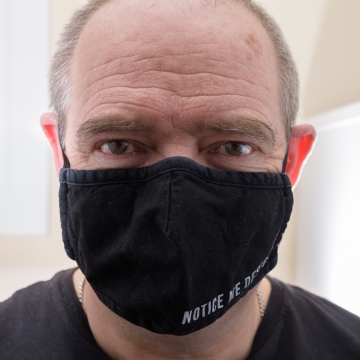



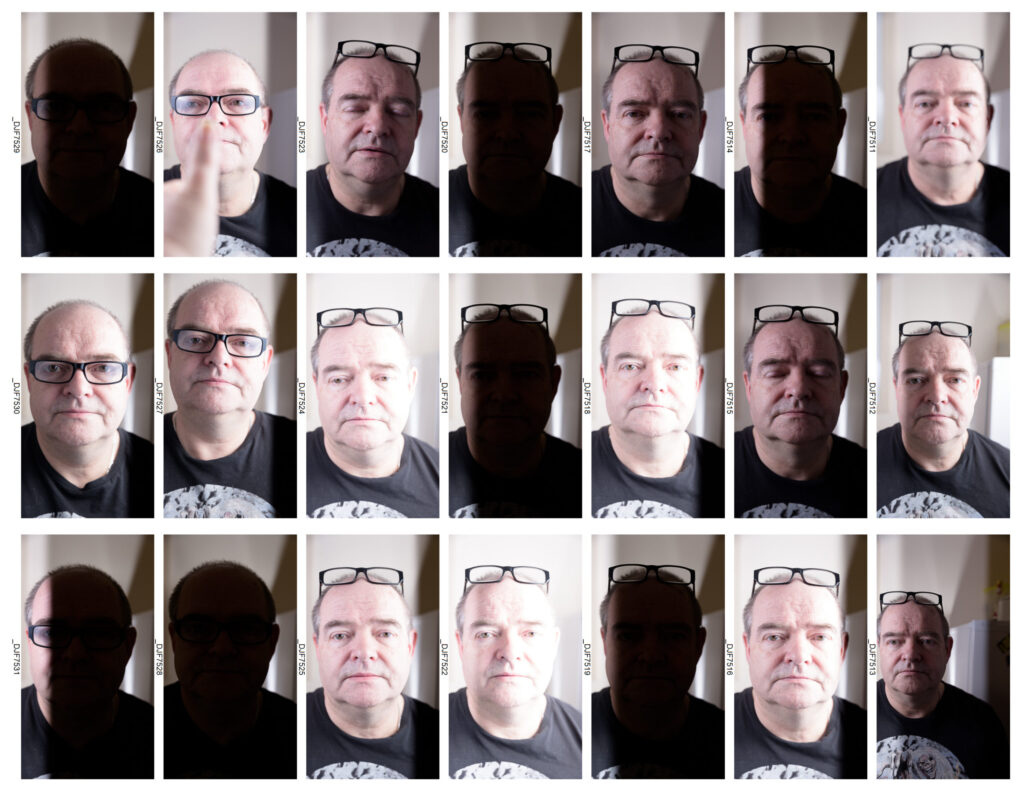
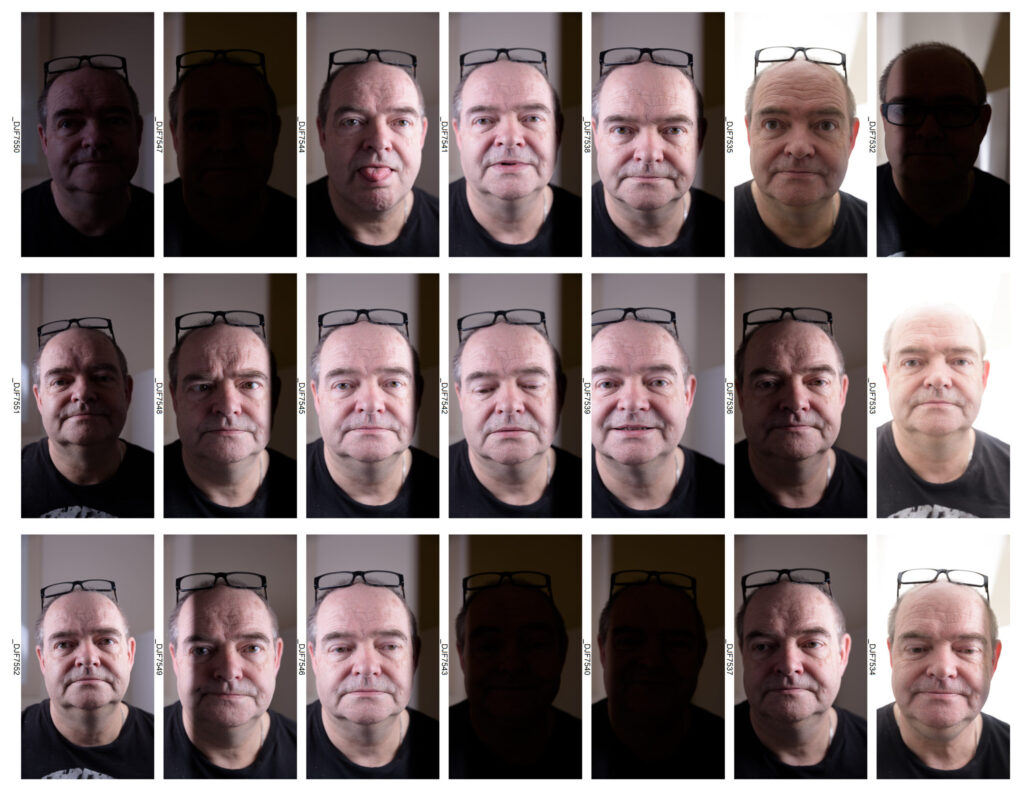

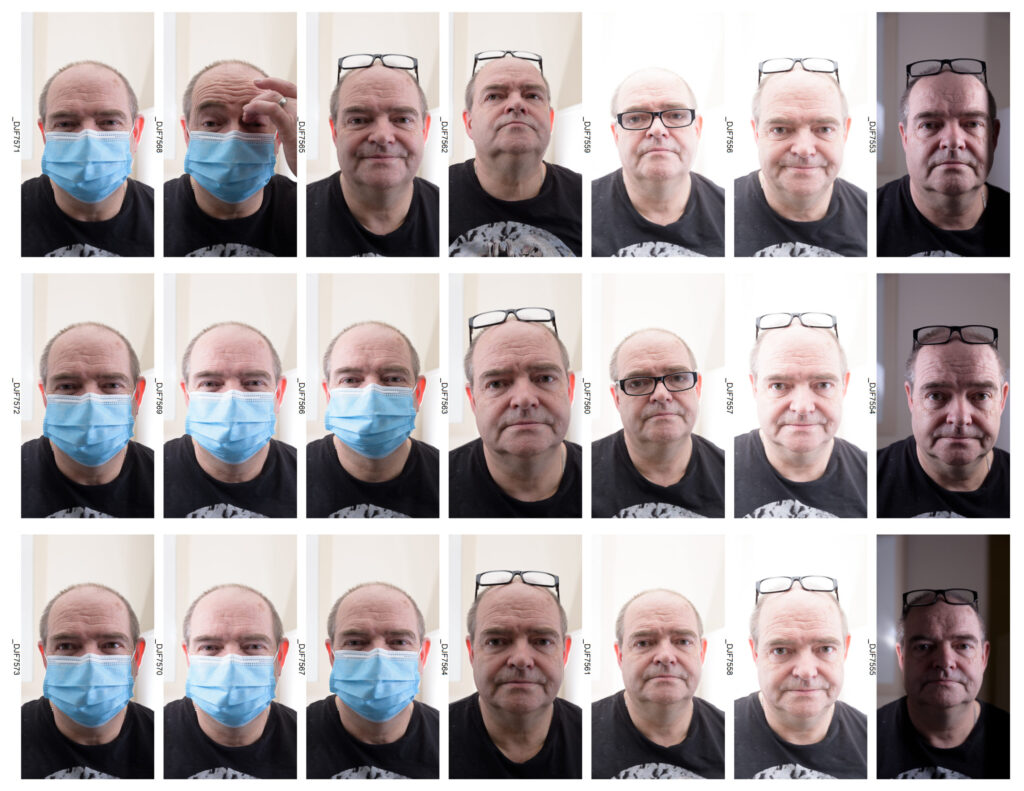
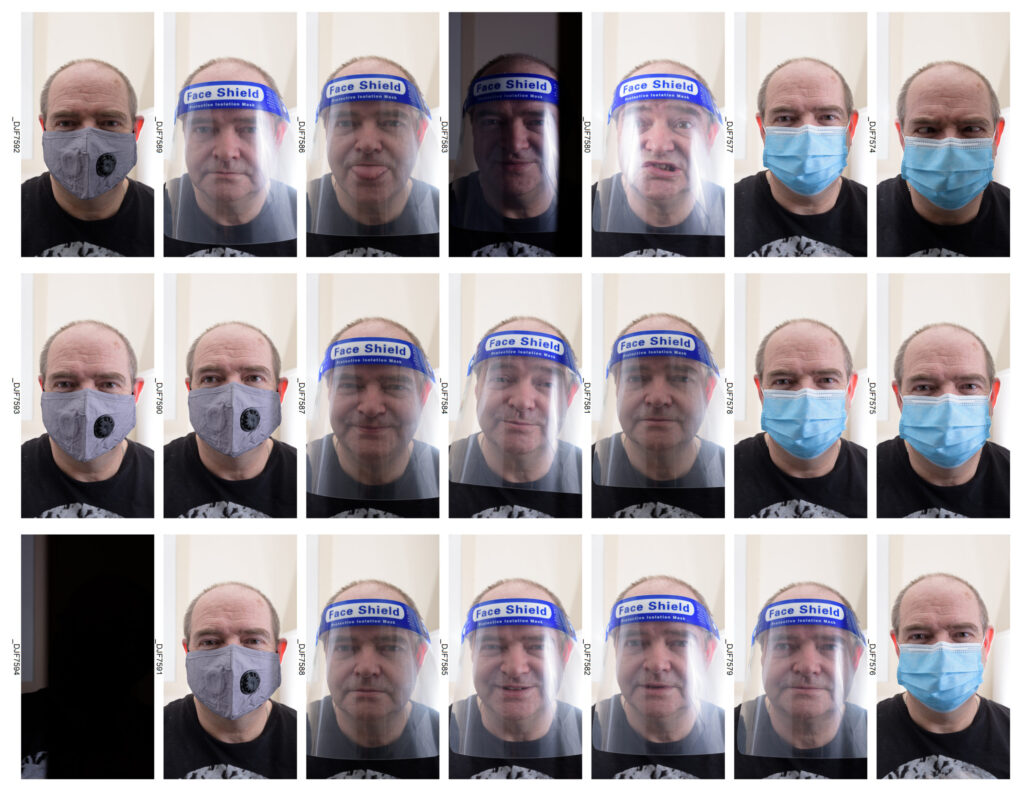
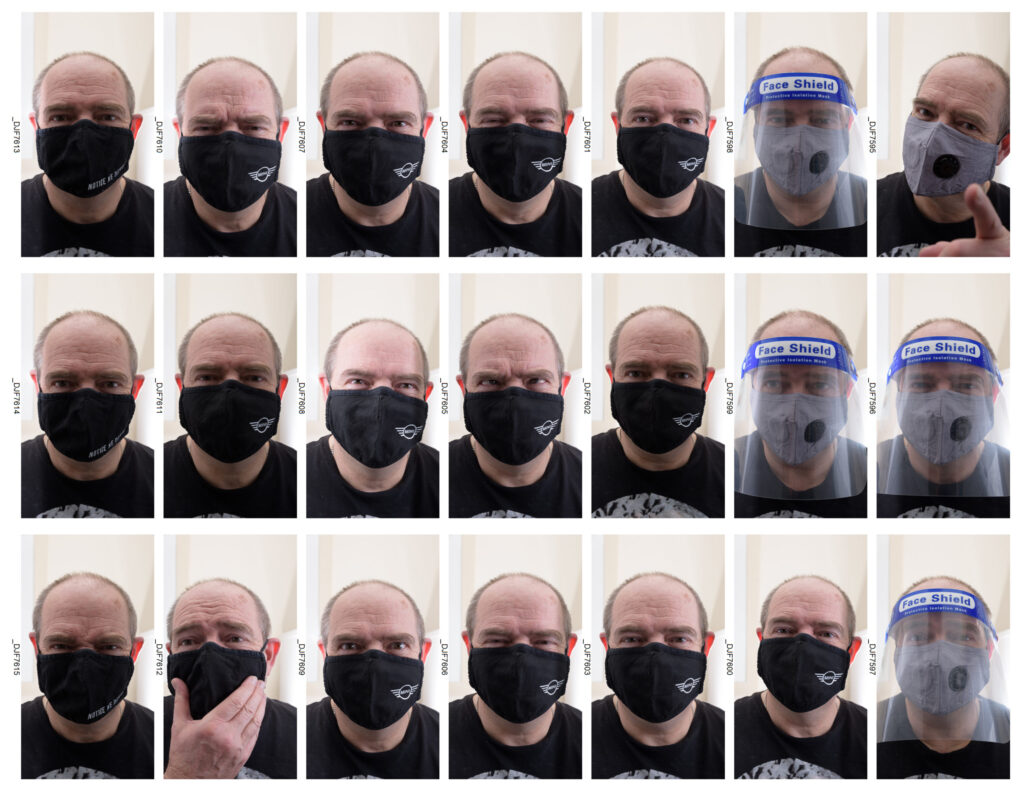
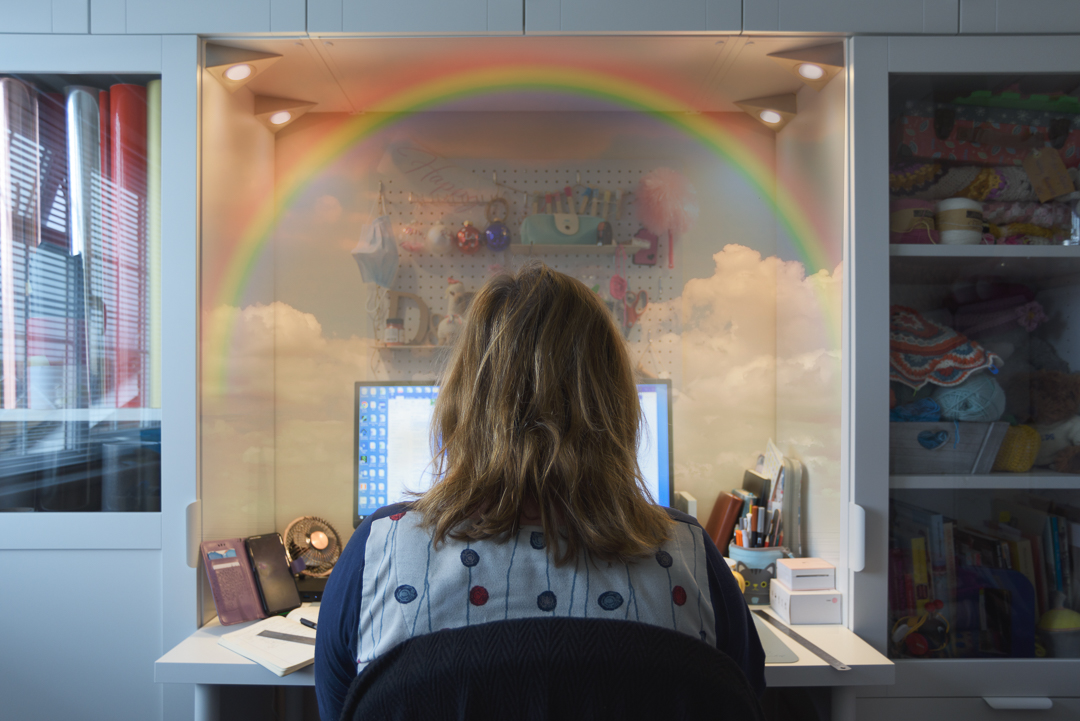

1 thought on “Assignment 2 – Vice Versa – Final”
Comments are closed.